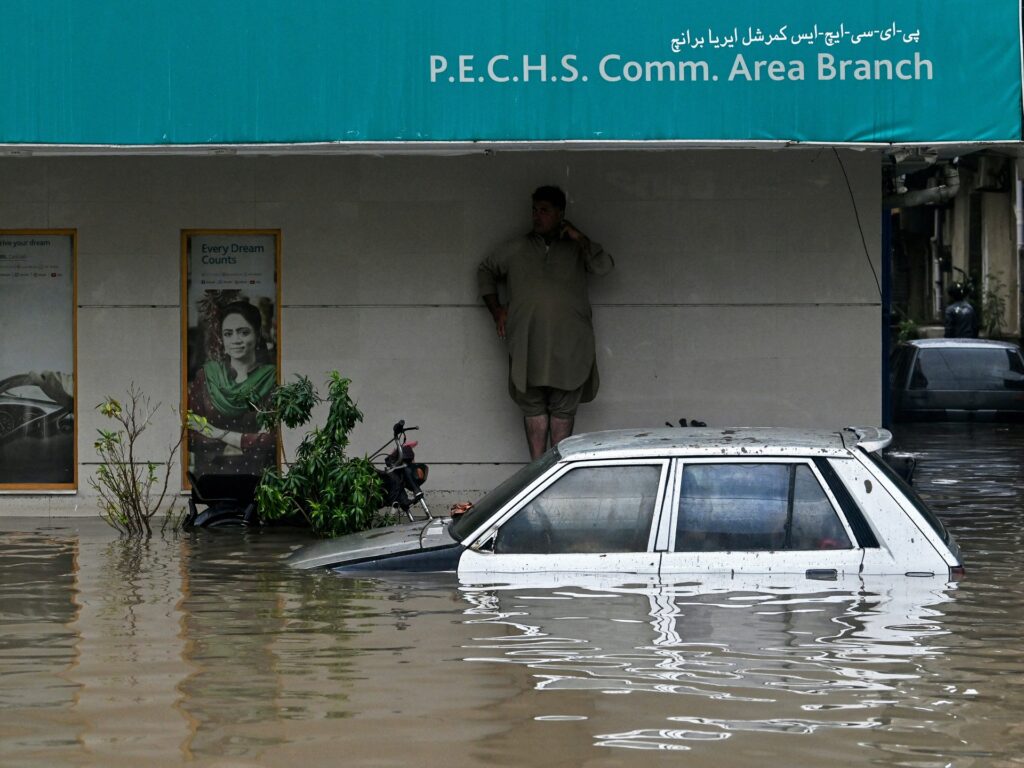Pakistan has been experiencing severe flooding due to heavy rainfall since August 14, leading to nearly 400 deaths. The most affected areas include the Buner district in Khyber Pakhtunkhwa and Karachi, which faced significant urban flooding. Overall, about 759 people have died and nearly 1,000 have been injured since the monsoon season began in June, with infrastructure and homes severely damaged.
Rescue operations have been initiated, with over 25,000 people rescued and medical support provided to those affected. The floods have been attributed to a combination of climate change, rapid urbanization, deforestation, and inadequate infrastructure. Heavy rains have intensified, causing soil saturation and runoff, exacerbating the flooding.
Improving flood resilience in Pakistan will require a multifaceted approach, including enhanced drainage systems, better urban planning, and community education on flood risks. Climate change impacts necessitate integrated efforts across various sectors and the involvement of experts in policymaking.
Currently, authorities are warning of further heavy rainfall expected soon, which could lead to additional flooding, particularly in Karachi and rural Sindh. Residents are being advised to prepare for emergencies and avoid flood-prone areas.
Source link


